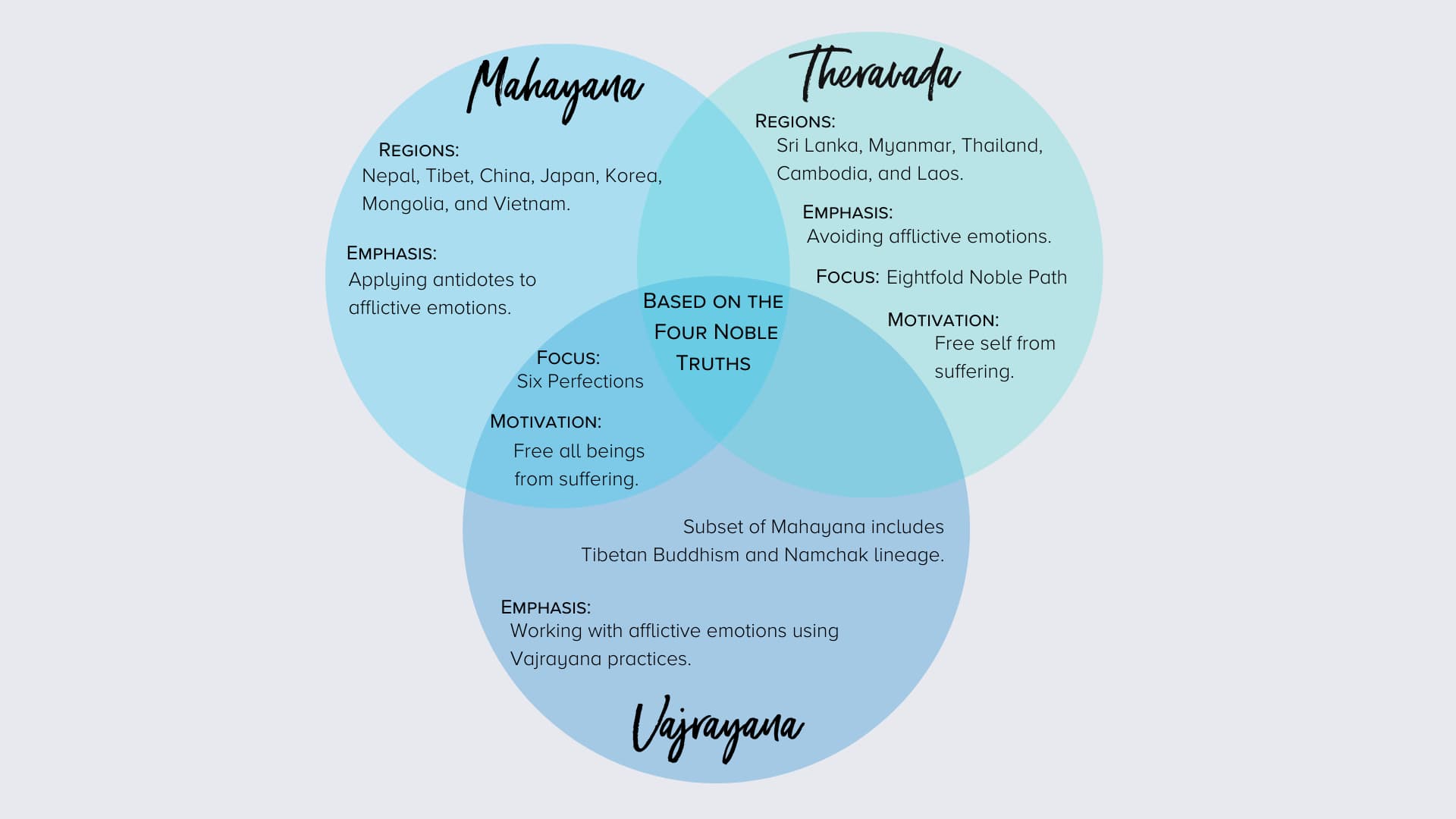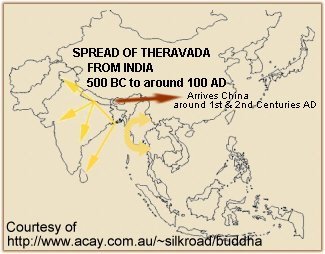Hinayana and Mahayana are two major schools of Buddhism that developed in ancient India. Hinayana, also known as Theravada Buddhism, is the older of the two schools and is considered to be more conservative and traditional in its teachings and practices. It is centered on the concept of individual salvation and the attainment of enlightenment through one's own efforts.
Mahayana Buddhism, on the other hand, is a more inclusive and expansive form of Buddhism that emphasizes the idea of the bodhisattva, or one who is dedicated to achieving enlightenment not just for themselves, but also for the benefit of all beings. It is characterized by a focus on compassion and altruism, and includes a wide range of practices and teachings, including devotion to various deities and the use of ritual and visualization practices.
One key difference between the two schools is their approach to the path to enlightenment. In Hinayana Buddhism, the goal is to achieve nirvana, a state of permanent liberation from suffering, through the attainment of individual enlightenment. This is achieved through the practice of mindfulness and the development of virtues such as self-control, compassion, and wisdom.
In contrast, Mahayana Buddhism teaches that the ultimate goal is not just to achieve personal enlightenment, but to benefit all beings by working to alleviate their suffering and help them attain enlightenment as well. This is achieved through the practice of compassion and the cultivation of the bodhicitta, or the mind of enlightenment.
Another significant difference between the two schools is their view of the Buddha's teachings. Hinayana Buddhists generally adhere to the early Pali canon and the teachings of the historical Buddha, while Mahayana Buddhists often include additional teachings and practices that were developed later in the tradition.
Despite these differences, both Hinayana and Mahayana Buddhism share a common foundation in the Four Noble Truths and the Eightfold Path, which are core teachings of the Buddha that outline the path to the end of suffering. Both schools also place a strong emphasis on ethical conduct and the cultivation of mindfulness and wisdom.
In conclusion, Hinayana and Mahayana Buddhism are two major schools of Buddhism that have developed over time, with each offering a unique perspective on the path to enlightenment. While they differ in some of their teachings and practices, they both seek to help individuals achieve freedom from suffering and attain enlightenment.





